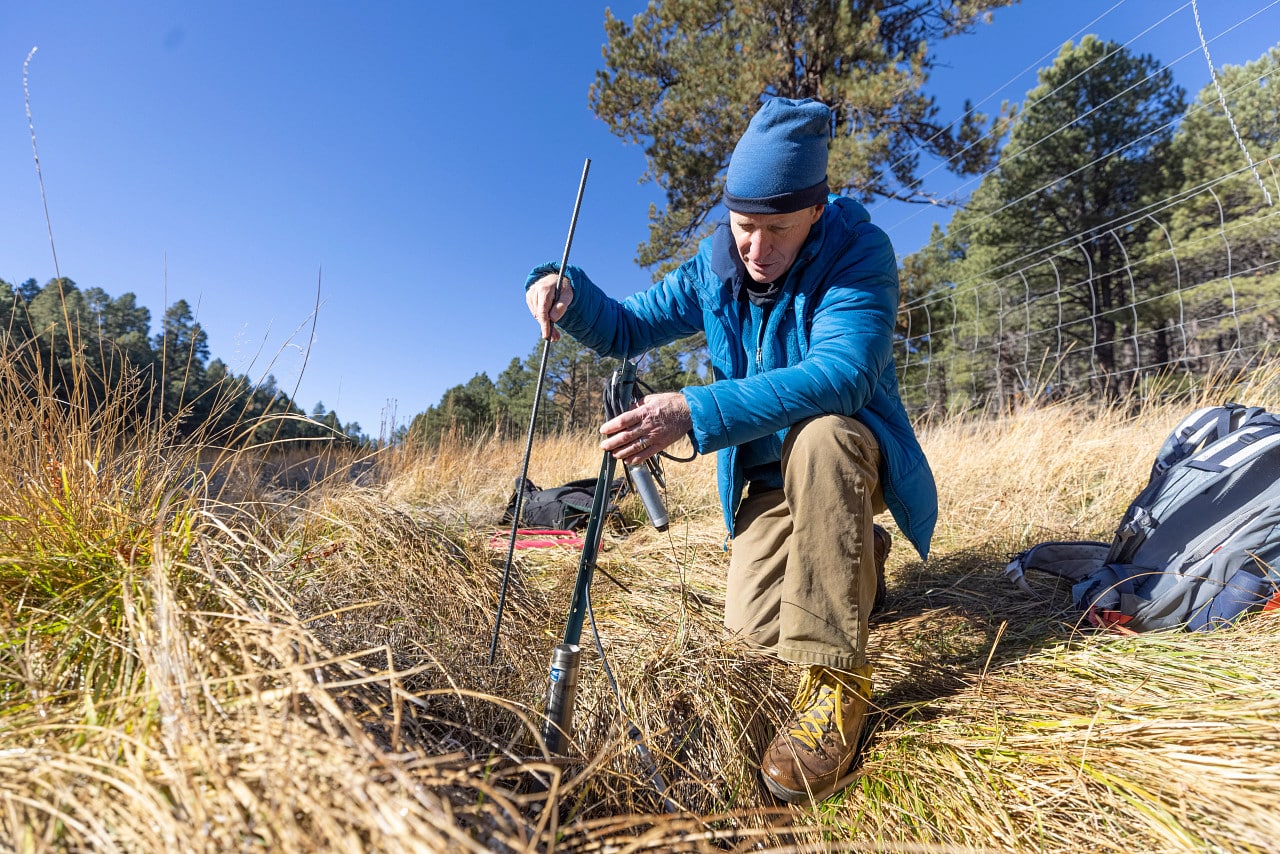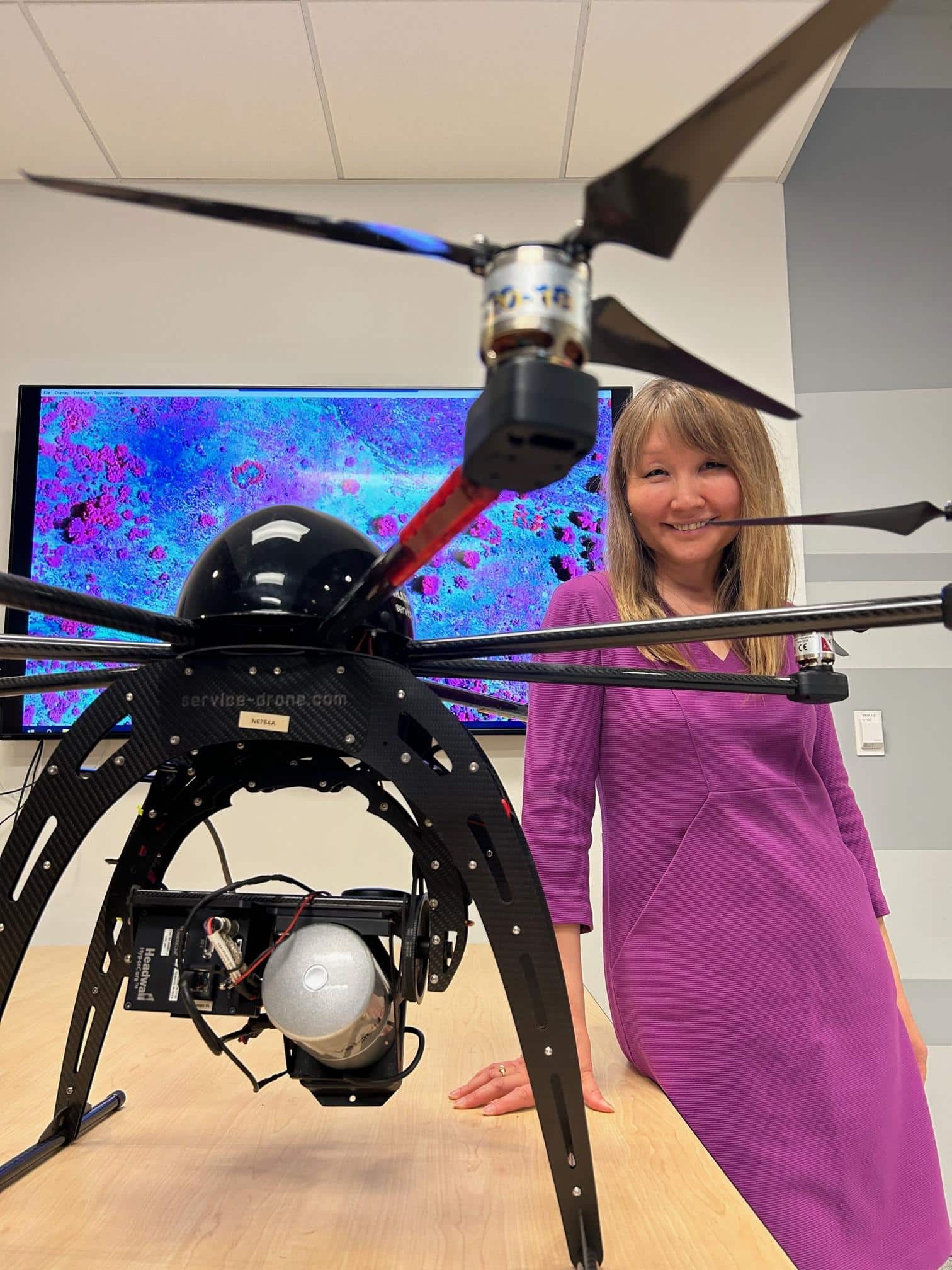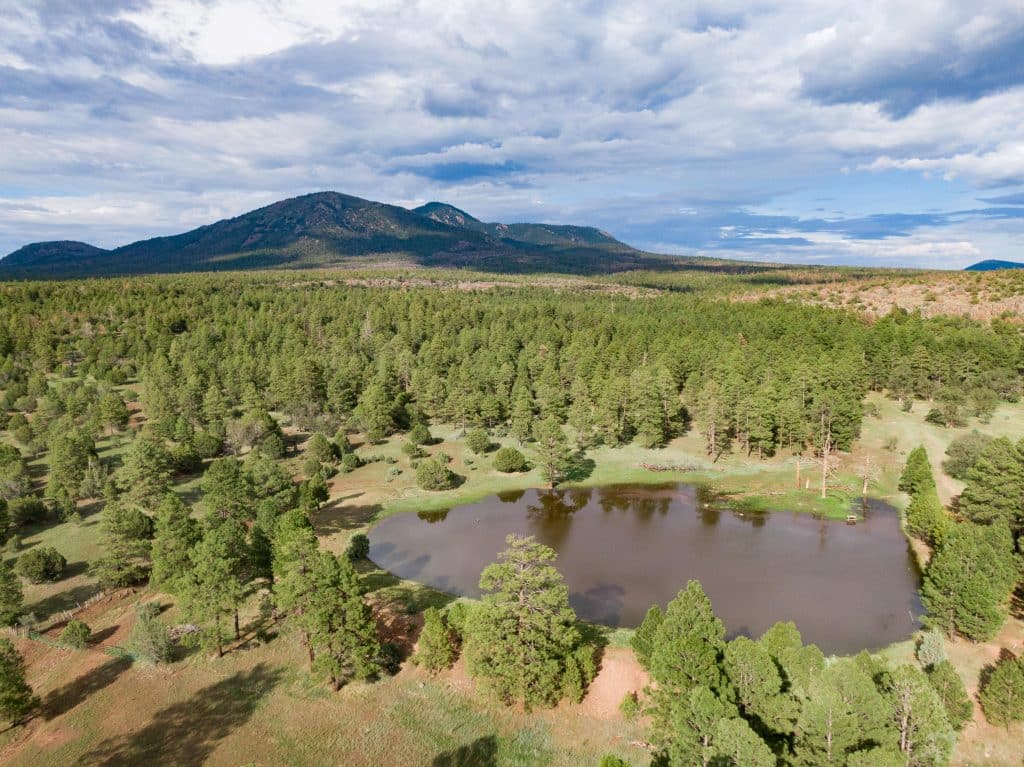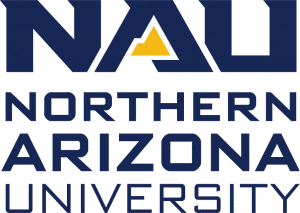A team of researchers from Northern Arizona University, the University of Arizona and Arizona State University has come together to tackle a pressing issue in the state of Arizona—water scarcity. The project, funded by a Regents’ Research Grant, aims to increase water supply availability in the state by capturing water that would otherwise be lost to evaporation. The Arizona Department of Water Resources (ADWR) has expressed the need for such a project. The tri-university team is dedicated to finding solutions, of which Abe Springer, professor in the School of Earth and Sustainability, and Temuulen “Teki” Sankey, associate professor in the School of Informatics, Computing, and Cyber Systems, represent NAU.
The three-year, $3.7 million project will assess the potential of enhanced water recharge across the state through a series of climate and hydrologic modeling analyses to increase water supply availability in Arizona. Estimates suggest that between 75-90 percent of the precipitation that falls in Arizona is lost through evaporation. The effort will involve identifying the amount of water currently lost within various watersheds and assessing the opportunities to harvest some of this water in both urban and rural areas. The team aims to identify areas where water that would otherwise evaporate could be captured and stored underground without affecting surface water flows.
The ASU team will focus on the urban area and different methods for monsoon and flood water accumulation. In contrast, the UArizona team will concentrate on arid lands, including shrublands, grasslands and desert lands. More than 80 percent of the funding will support graduate students and postdocs at the three universities, providing them with the opportunity to work on this critical issue and build a new generation of scientists focused on creative approaches to increasing water resilience.
Springer, the lead PI at NAU, will focus on identifying areas that are susceptible to water recharge through his expertise in groundwater hydrology, while Sankey’s team will track, document and analyze areas of interest through geospatial analysis and imaging of forests.

“The emerging research area of ecohydrogeology integrates the disciplines of ecology and hydrogeology. This integration is necessary to understand how our forest and landscape management practices are coupled with our aquifers and the human and natural systems dependent on the water supplied by these aquifers,” Springer said. “Because much of the water in Arizona originates in forested land, the project will focus on the ecohydrogeological processes in areas undergoing active forest and grassland restoration.”
Sankey runs NAU’s Remote Sensing and Geoinformatics lab; her expertise is in remote sensing image analysis focusing on images of the Earth’s surface. Sankey’s technology captures images of thinned forests and the resulting change in tree canopy cover; she will monitor where snowpack accumulation is increasing and where it is melting more slowly. The team plans to scout locations by overlaying existing geologic maps and hydrological measurements with satellite images that show how the land has been altered.
“These land management strategies change how much snowpack we accumulate on the ground and how rapidly or slowly it melts. That snowmelt then feeds into our groundwater budget and changes recharge,” Sankey said. “These treatments have been shown to be particularly beneficial for the water cycle. If these areas align with Springer’s data, we will prioritize these sites for further research.”

The goal of this analysis will be to identify possible locations for enhanced recharge across the state and to provide tools for prioritizing these activities. The NAU team aims to study land management treatments that could benefit water, such as prescribed burning or thinning. The project results could have significant implications for future research efforts in this area, providing valuable insights into how land treatments could be tailored for water benefits.
“My main hope is that our project will inform how a lot of our land management treatments could be conducted in a way that benefits the water supply. Most treatments like thinning and prescribed burning target forest health and reducing catastrophic fire events—the main objective isn’t water recharge benefit necessarily. Yet, we are detecting and measuring a lot of water benefits from these treatments, so my hope is that after our project, some of these treatments could be specifically implemented for improved water recharge and resilience,” Sankey said.
This collaboration between the three universities is an essential step toward improving water management in Arizona and ensuring that the state’s water resources are used sustainably and efficiently. The project will provide valuable insights into the opportunities for capturing and storing water that would otherwise be lost. It will also help to build the capacity of the next generation of scientists in the field.
“We hope the project results lead to Arizona having more robust and resilient water supplies, coupled with healthier forests and grasslands. We also hope that the springs and groundwater-supported streams of the state are left connected to more sustainable aquifers,” Springer said.
This project is a tribute to the late Thomas Meixner from UArizona, who was the original leader of this project and an advocate for water resilience in Arizona. The tri-university team is committed to working together to complete this work in his honor and continue his legacy.
Cynthia Gerber | NAU Communications
(928) 523-7341 | Cynthia.Gerber@nau.edu




